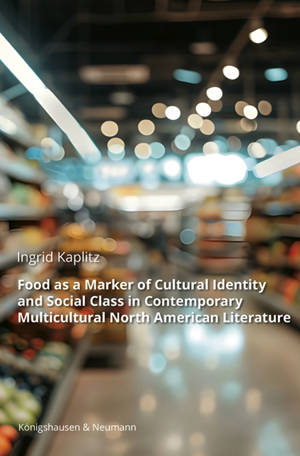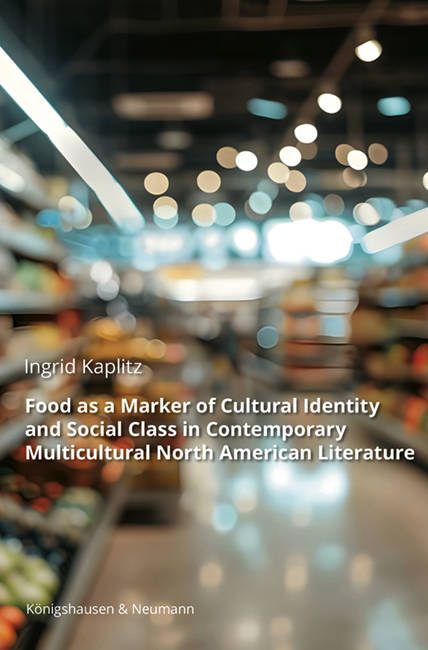
- Afhalen na 1 uur in een winkel met voorraad
- Gratis thuislevering in België vanaf € 30
- Ruim aanbod met 7 miljoen producten
- Afhalen na 1 uur in een winkel met voorraad
- Gratis thuislevering in België vanaf € 30
- Ruim aanbod met 7 miljoen producten
Zoeken
Food as a Marker of Cultural Identity and Social Class in Contemporary Multicultural North American Literature
Ingrid Kaplitz
€ 43,45
+ 86 punten
Omschrijving
How are food habits shaped by cultural background and social class position? And what do these entanglements of food, class, and culture reveal about the status and integration of ethnic minorities in Canada's and US-America's multicultural societies? Applying a comparative North American perspective to the innovative field of literary food studies, this insightful analysis argues that food's connection to issues of class and cultural identity makes it a prime arena for crystallizing social hierarchies and questions of belonging in multicultural North America. Taking a critical look at food producer and consumer constellations, hierarchical perceptions of cuisines, and popular designations of mainstream North American vs. exotic foods, this study highlights how matters of class, race, and culture manifest themselves in the North American culinary world. An in-depth analysis of six novels and one short story by Chinese and Black North American authors shows how Canadian and American writers draw upon food themes to illustrate their characters' class and cultural identities, and how they use these connections between food, class, and culture to paint a critical picture of the acceptance of diversity in Canada and the United States.
Specificaties
Betrokkenen
- Auteur(s):
- Uitgeverij:
Inhoud
- Aantal bladzijden:
- 290
- Taal:
- Engels
- Reeks:
- Reeksnummer:
- nr. 976
Eigenschappen
- Productcode (EAN):
- 9783826090950
- Uitvoering:
- Paperback
- Afmetingen:
- 155 mm x 235 mm

Alleen bij Standaard Boekhandel
+ 86 punten op je klantenkaart van Standaard Boekhandel
Beoordelingen
We publiceren alleen reviews die voldoen aan de voorwaarden voor reviews. Bekijk onze voorwaarden voor reviews.











